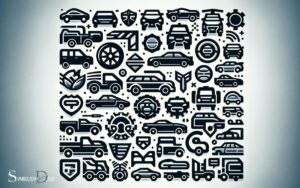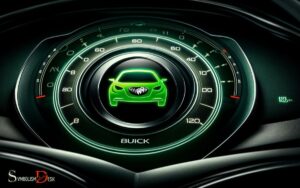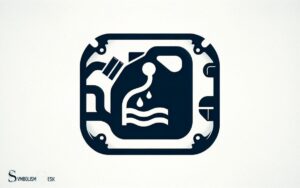Automatic Car Gear Symbol Meaning: Driving Mode!
Automatic car gear symbols are indicators on a vehicle’s dashboard or gear selector that denote the different transmission settings available to the driver.
These symbols typically include “P” for Park, “R” for Reverse, “N” for Neutral, “D” for Drive, and may also have additional settings like “S” for Sport mode or “+” and “-” for manual shifting in cars with semi-automatic transmissions.
Automatic car gear symbols facilitate the safe operation of a vehicle by clearly indicating which gear the vehicle is in or should be switched to.
Here’s what each symbol commonly stands for:
- P (Park): Locks the transmission, preventing the car from rolling when stationary.
- R (Reverse): Engages reverse gear, to be used when backing up.
- N (Neutral): Disengages the gears, allowing the car to roll without engine power.
- D (Drive): Engages the automatic gear shifting, suitable for regular driving conditions.
Additional settings, like “S” or “Sport,” alter the shift patterns for more power, while manual modes (“+” and “-“) give the driver control over gear changes.
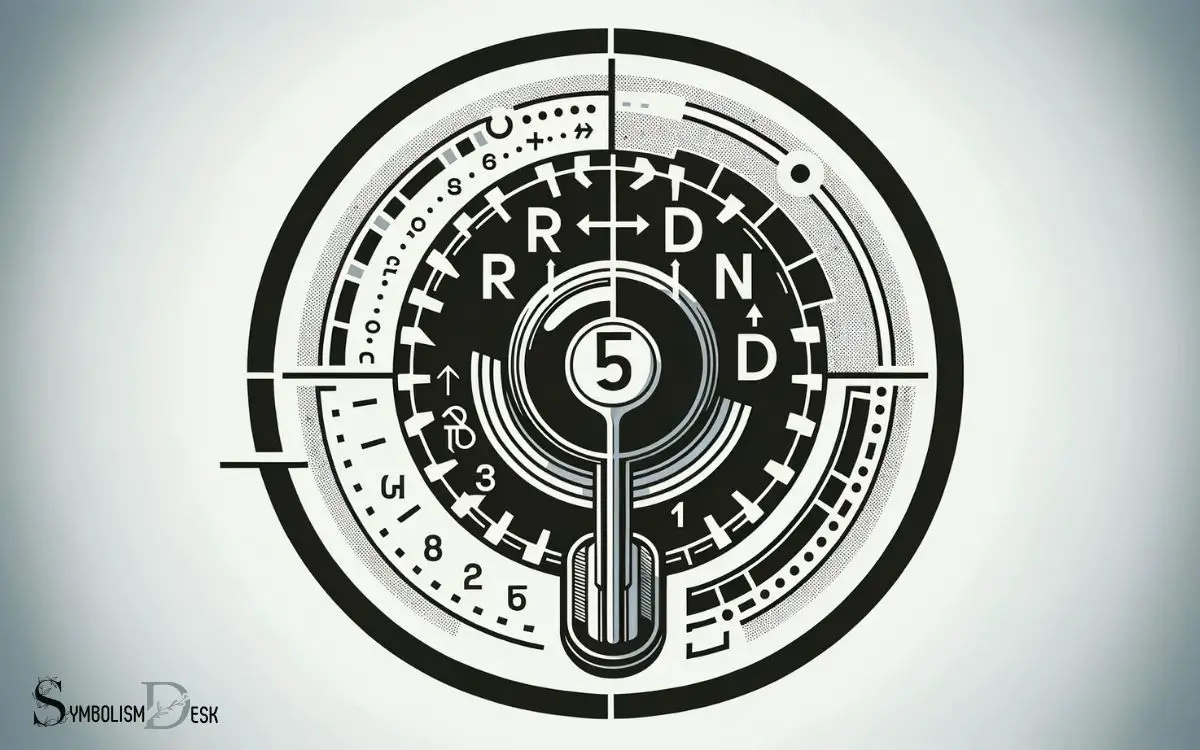
Key Takeaway
Understanding the P (Park) Symbol
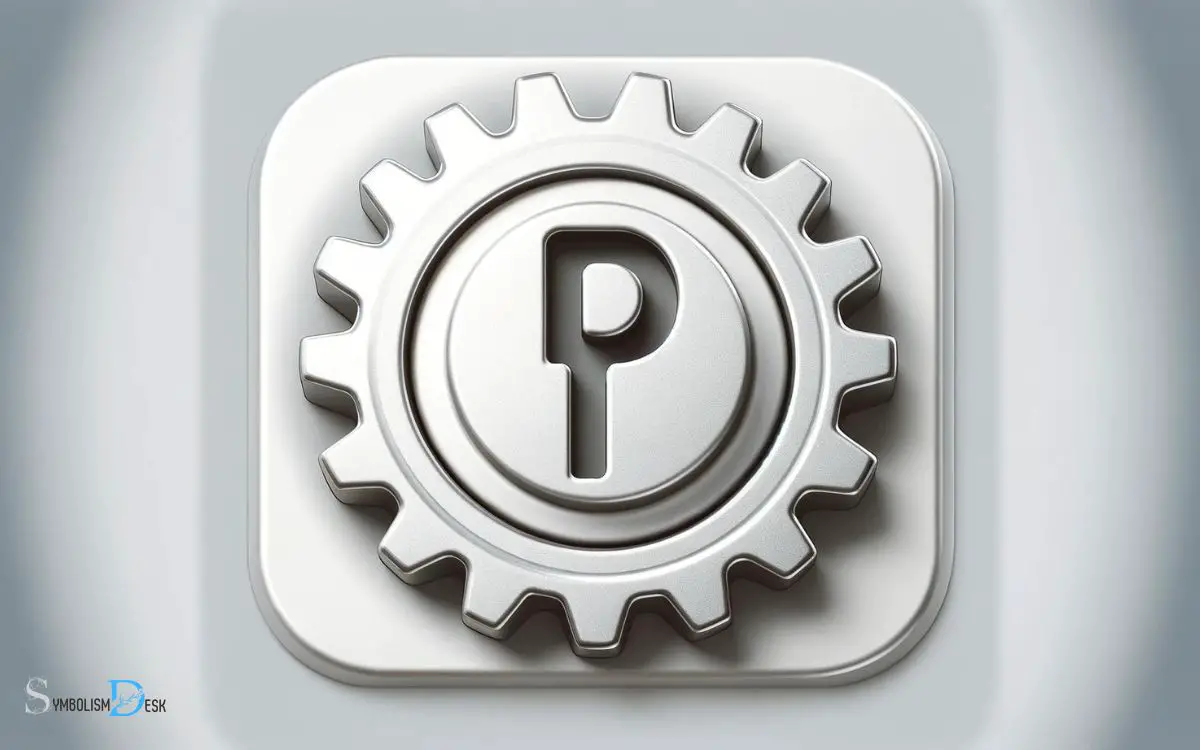
The P (Park) symbol in an automatic car is always used when the vehicle is stationary. It engages a locking mechanism in the transmission, preventing the wheels from turning. The P (Park) symbol in an automatic car is always used when the vehicle is stationary. It engages a locking mechanism in the transmission, preventing the wheels from turning. In many modern vehicles, this is often used in conjunction with advanced technologies like car startstop system explained as a fuel-saving feature, which automatically shuts off the engine when the car is stationary and restarts it when the driver is ready to move again. This technology works seamlessly with the Park mode to ensure safety and efficiency while reducing unnecessary fuel consumption.
This is crucial for safety, as it ensures the car remains stationary when parked. When the gear shift is moved into the P position, it triggers a lock that prevents the transmission from rotating, thereby preventing the car from moving.
Understanding the significance of using the P symbol is essential for drivers to ensure their safety and prevent unintended vehicle movement.
Deciphering the R (Reverse) Symbol
When deciphering the R (Reverse) symbol on an automatic car gear shift, it is essential to understand that R stands for Reverse gear.
This symbol is used to indicate that the car will move backward when the gear is engaged. Understanding the gear symbols on an automatic car’s gear shift is crucial for safe and efficient driving.
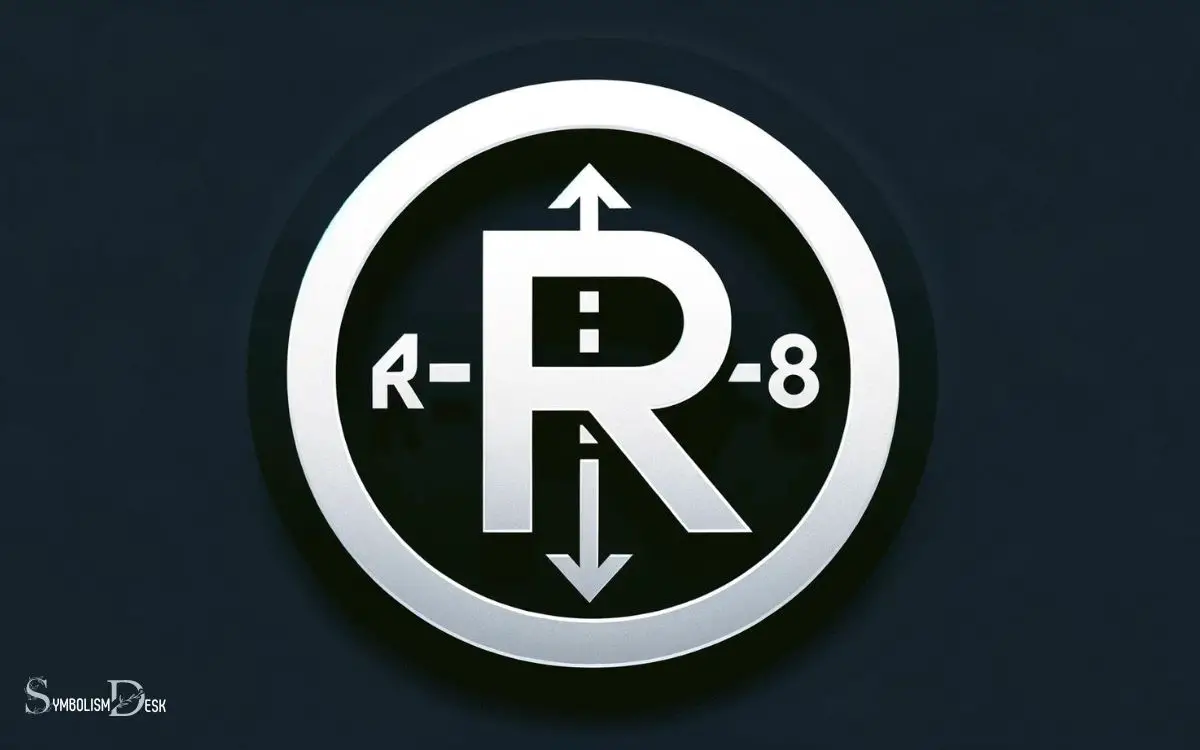
R for Reverse Gear
When shifting the gear selector to the position marked with the letter R, the vehicle will move in the opposite direction. The R symbol on an automatic car gear selector indicates the Reverse gear.
Engaging the Reverse gear allows the vehicle to move backward. It is essential to come to a complete stop before shifting into Reverse to avoid damaging the transmission.
In most vehicles, the Reverse gear is equipped with safety features, such as requiring the driver to push down on the gear selector or lift a ring on the gear lever to engage Reverse, reducing the likelihood of accidental shifting.
Understanding the function of the Reverse gear symbol is crucial for safe and effective operation of an automatic vehicle.
Understanding Gear Symbols
Upon selecting the gear symbol marked with the letter R, the automatic vehicle will engage the Reverse gear, allowing backward movement.
- The R symbol is universally used in automatic vehicles to indicate the Reverse gear.
- When the R gear is engaged, the car will move backward when the accelerator is pressed.
- The reverse gear is designed to enable the vehicle to be driven in reverse safely and efficiently.
Understanding the R symbol is crucial for safe and effective vehicle operation. It allows drivers to maneuver in tight spaces, park, and reverse with ease.
The R symbol serves as a reminder to drivers that the vehicle is in reverse gear, prompting them to use caution, check surroundings, and use rearview mirrors effectively.
Exploring the N (Neutral) Symbol
The N (Neutral) symbol in an automatic car’s gear shift indicates that the transmission is disengaged from the engine.
This allows the vehicle to coast freely without the engine providing power to the wheels. Shifting to Neutral is commonly used when idling or parking the vehicle.
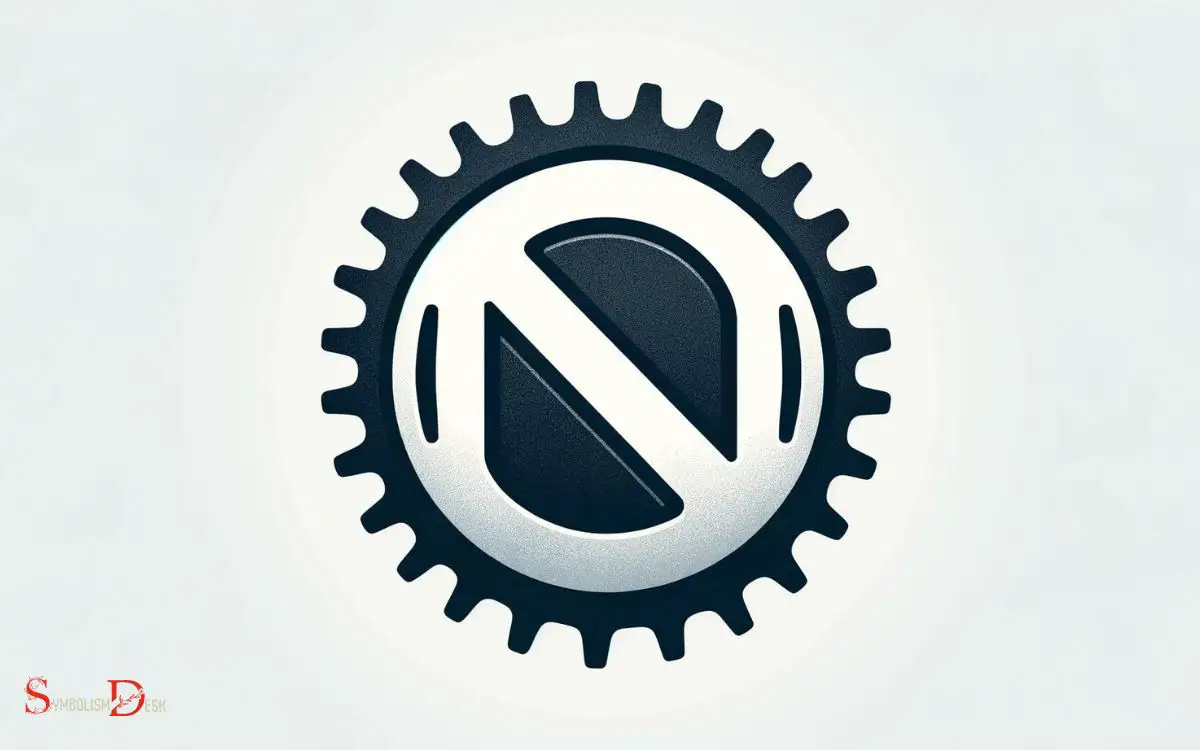
N Symbol Function
The N symbol in an automatic car gear indicates that the transmission is in neutral position, allowing the engine to run without delivering power to the wheels.
Engine Disengagement:
- The N symbol disengages the engine from the wheels, allowing the vehicle to roll freely without the engine’s power.
- This is useful when the car needs to be pushed or towed as it prevents the transmission from transferring power to the wheels.
Starting the Engine:
- When starting the engine, the N symbol allows the engine to run without the wheels turning, providing a safer and more controlled start-up process.
- It also prevents the vehicle from moving forward or backward unintentionally, giving the driver more control over the vehicle’s movements.
Shifting to Neutral
One common action for drivers of automatic cars is to shift to neutral by moving the gear lever or selector to the N position. When the car is in neutral, the engine is disengaged from the wheels, allowing the vehicle to roll freely.
This can be useful in situations such as towing the car or when the engine needs to be started without engaging a gear. The N symbol on the gear shift panel represents the neutral position.
| Symbol | Meaning |
|---|---|
| N | Neutral |
Parking and Idling
Exploring the N (Neutral) symbol in automatic cars reveals its significance in parking and idling.
- When the car is in Neutral, it disengages the transmission from the wheels, allowing the vehicle to roll freely, making it ideal for pushing or towing.
- This position is crucial for parking as it relieves stress on the transmission, reducing the likelihood of damage to the parking pawl.
- Idling in Neutral reduces strain on the engine and transmission, potentially saving fuel and minimizing wear and tear.
Understanding the importance of the N (Neutral) symbol in automatic cars provides valuable insights into its role in parking and idling, thereby contributing to the overall maintenance and efficient operation of the vehicle.
Demystifying the D (Drive) Symbol
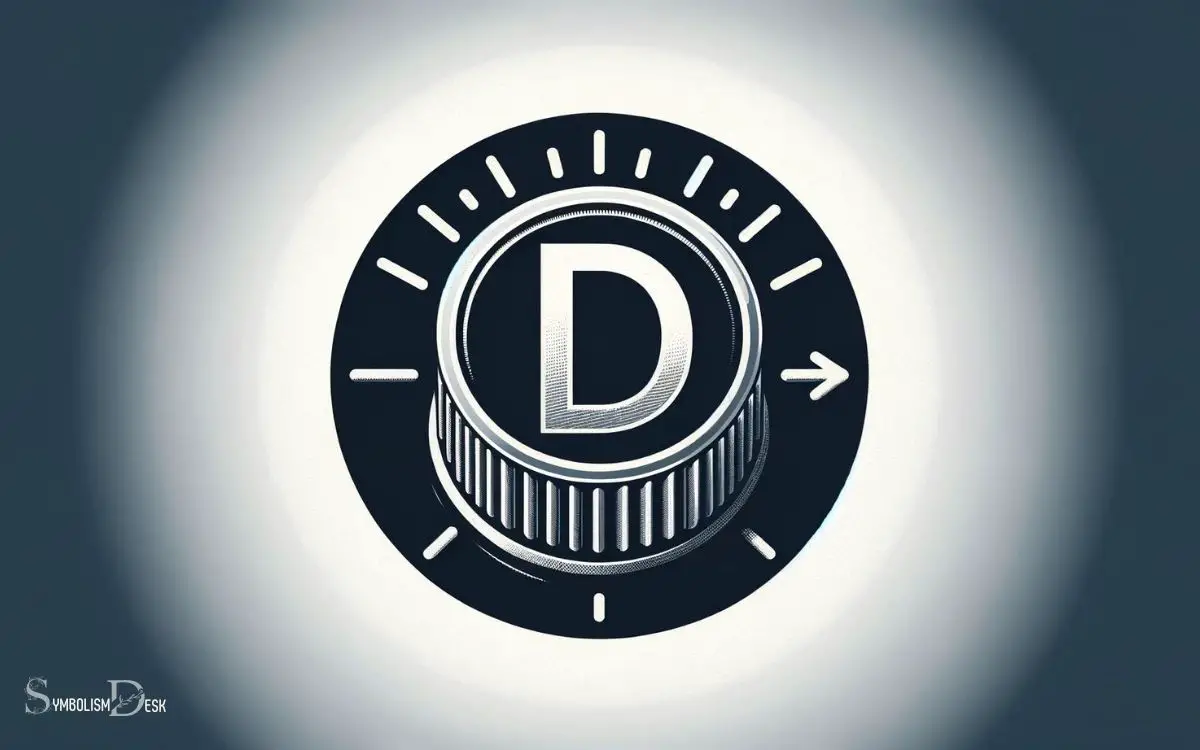
Understanding the functionality of the D (Drive) symbol in an automatic car is essential for safe and efficient driving. When the gear shift is moved to the D position, the car is set to move forward.
The transmission will automatically shift through the gears as the vehicle gains speed, providing the optimal balance of power and fuel efficiency. It’s important to note that the D symbol is designed for regular driving conditions.
When driving downhill or towing heavy loads, using additional features such as the lower gears or overdrive may be necessary.
It’s crucial for drivers to familiarize themselves with the manufacturer’s specific recommendations for using the D symbol in different driving scenarios to ensure the longevity and optimal performance of the vehicle.
Unveiling the S (Sport) Symbol
The S (Sport) symbol is often associated with a more aggressive driving style, allowing the vehicle to rev higher before shifting gears.

Improved Acceleration:
- Engaging the S mode modifies the transmission’s shift points, resulting in quicker acceleration by holding the gears longer and downshifting sooner.
- This mode is particularly beneficial for overtaking or merging onto highways, providing a more responsive driving experience.
Moving from the S (Sport) symbol to the subsequent section about ‘grasping the L (Low gear) symbol,’ it’s essential to understand the specific functionalities and benefits each gear symbol offers for optimal driving performance.
Grasping the L (Low Gear) Symbol
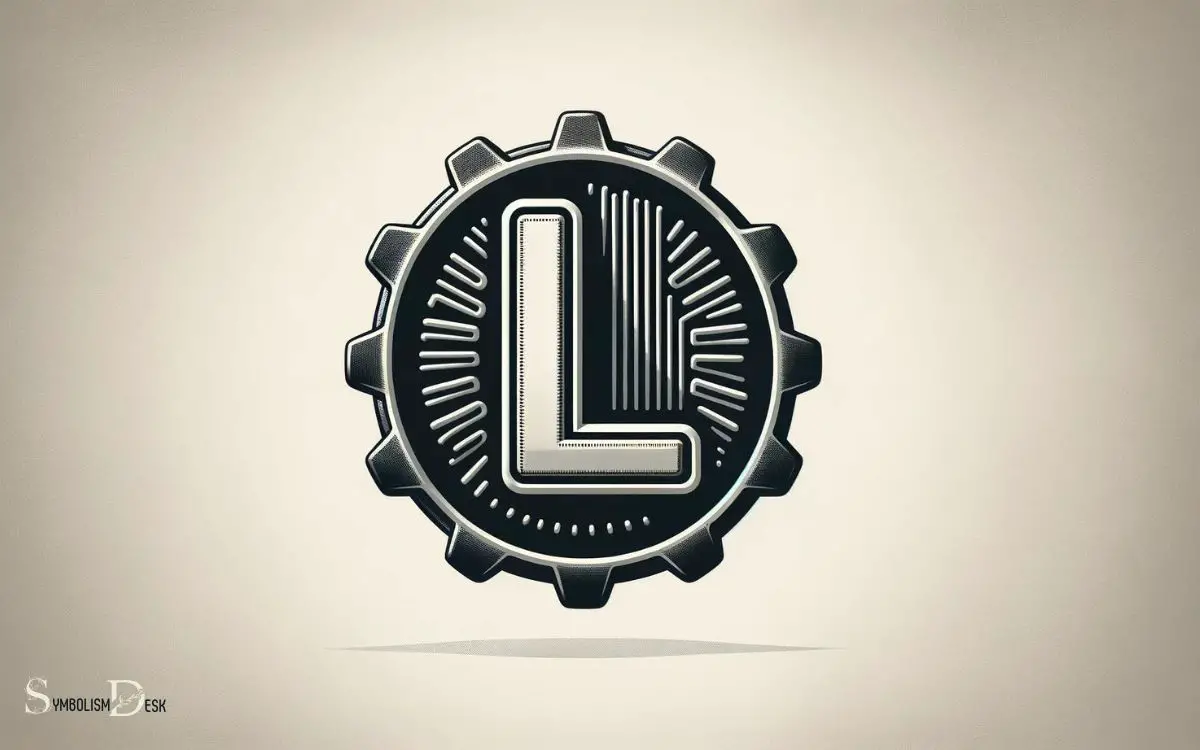
Transitioning from the S (Sport) symbol, engaging the L (Low gear) symbol alters the vehicle’s transmission to prioritize lower gears, providing increased torque and better control in situations such as towing or driving downhill.
When the L symbol is engaged, the vehicle’s transmission holds the lower gears for a longer duration, allowing the engine to generate more power and control.
This is particularly useful when driving at low speeds and when additional power is needed, such as when towing heavy loads or navigating steep descents.
The L symbol can prevent the transmission from constantly shifting between gears, providing a more stable and controlled driving experience in challenging conditions.
It is important to note that the L symbol is not intended for regular driving and should be used selectively for specific driving conditions.
Interpreting the +/- (Manual Mode) Symbol
The +/- (Manual Mode) symbol allows the driver to manually control the gear changes in an automatic car. This feature provides greater control over the vehicle’s gear shifts, offering a more engaging driving experience.
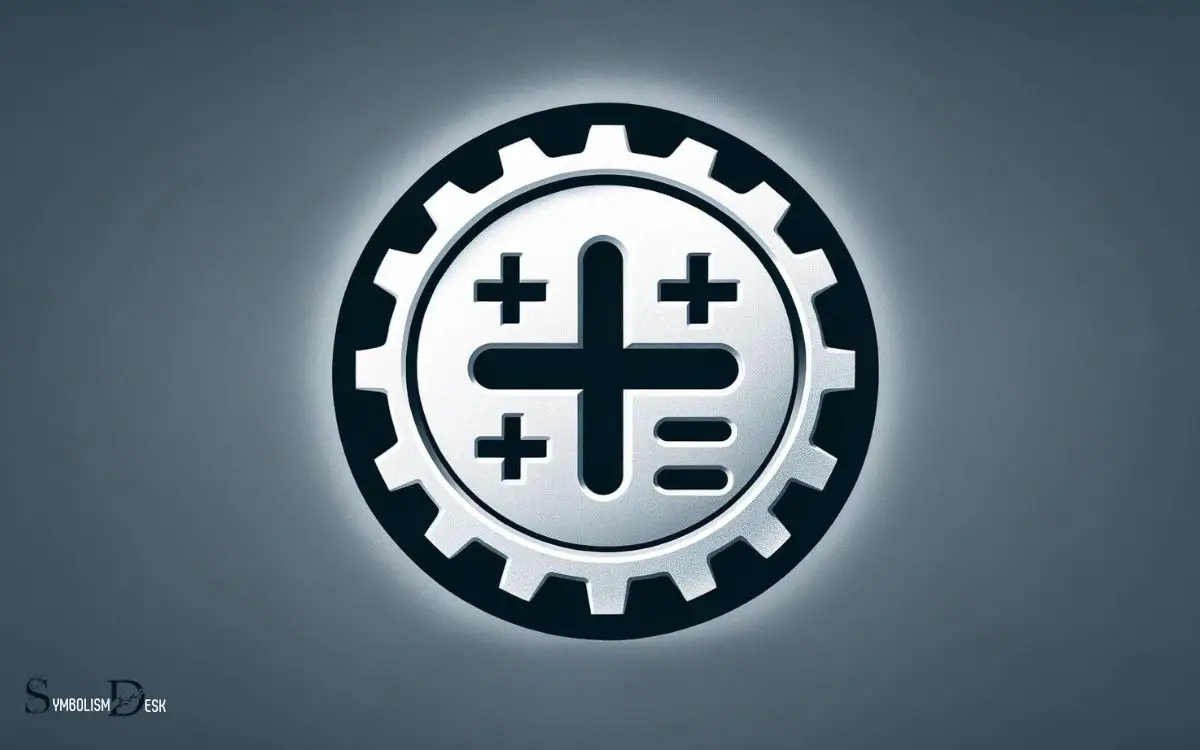
To better understand the significance of the +/- (Manual Mode) symbol, consider the following points:
- Increased Control: The ability to manually shift gears empowers the driver to optimize the vehicle’s performance based on driving conditions, such as steep inclines or declines.
- Enhanced Driving Experience: By allowing the driver to select the appropriate gear, the +/- (Manual Mode) symbol enables a more personalized and responsive driving experience.
Understanding the functionality of the +/- (Manual Mode) symbol equips drivers with the knowledge to leverage this feature effectively, enhancing both performance and control.
Clarifying Other Additional Symbols
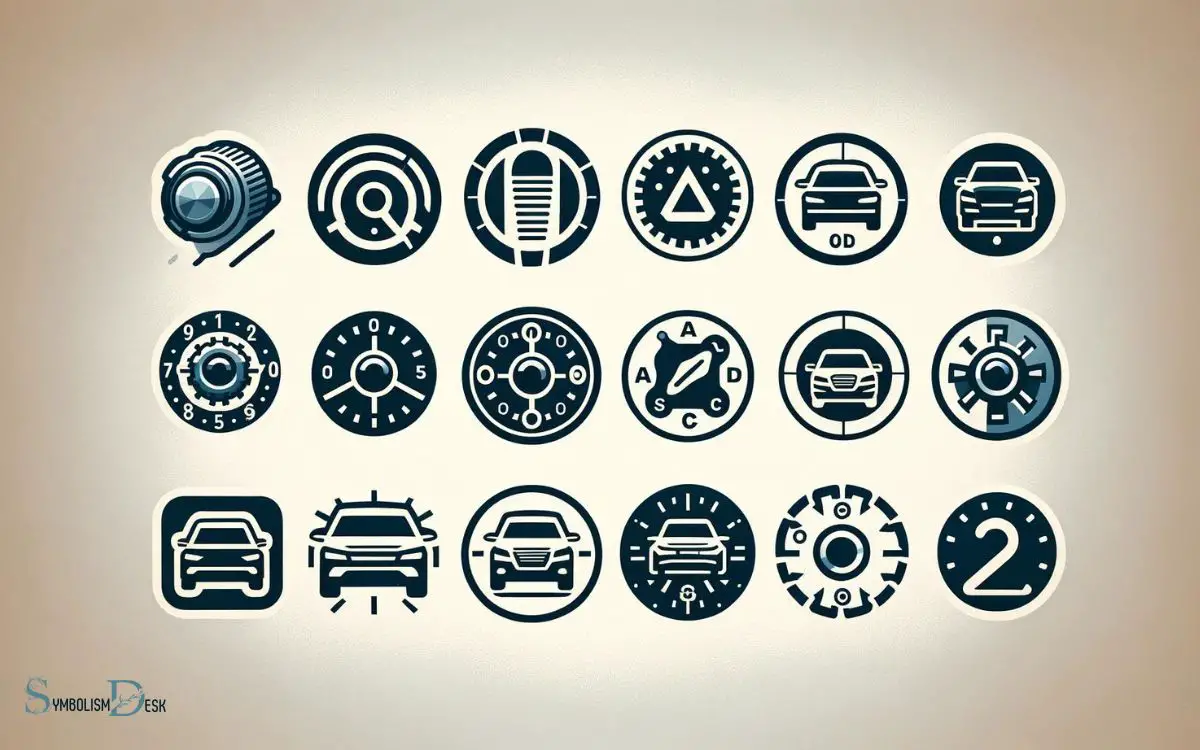
Other additional symbols found on automatic car gear shifters may sometimes seem perplexing to drivers, but understanding their meanings can significantly enhance driving confidence and control.
Frequently, these symbols are designed to offer drivers more precise control over their vehicle’s performance.
One such symbol is the “L” (Low gear) mode, which restricts the transmission to lower gears, providing increased engine braking and more power for climbing or towing.
Another common symbol is the “S” (Sport mode), which optimizes the vehicle for performance driving by adjusting shift points and increasing throttle response.
Some vehicles also feature an “M” (Manual mode) symbol, allowing drivers to manually select gears using paddle shifters or the gear shifter itself.
Understanding these symbols empowers drivers to utilize their vehicle’s capabilities effectively and safely.
Conclusion
Understanding the symbols on an automatic car gear shift is essential for safe and efficient driving. Interestingly, a study found that nearly 25% of drivers are unaware of the meaning behind these symbols, leading to confusion and potential safety hazards on the road.
Therefore, it is crucial for all drivers to familiarize themselves with these symbols to ensure a smooth driving experience.



